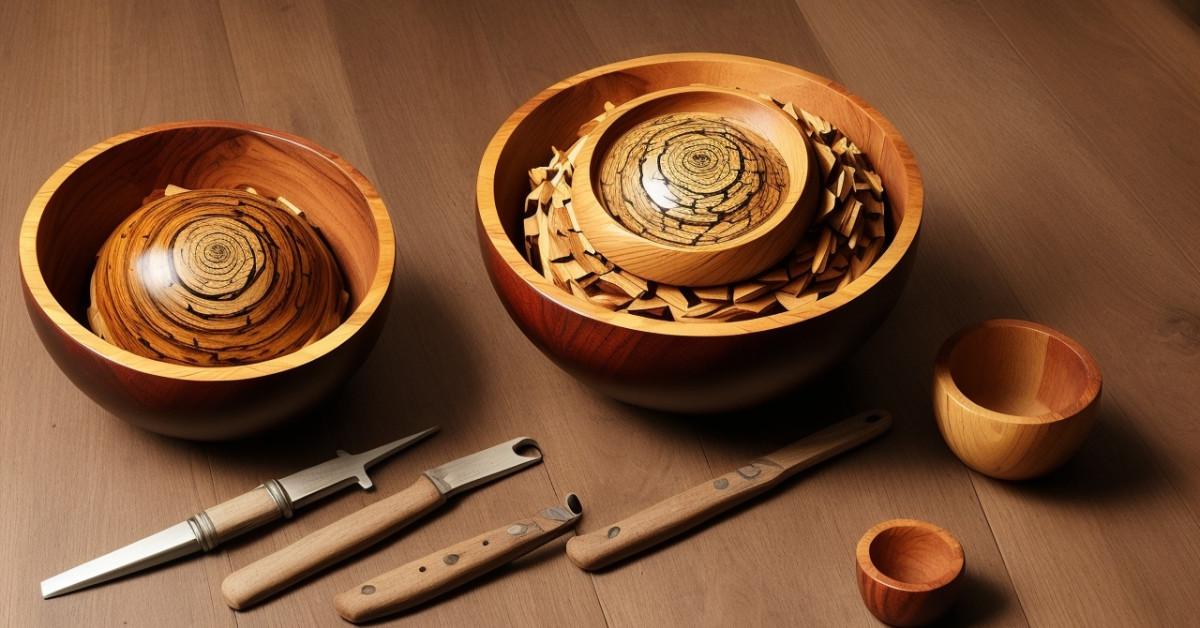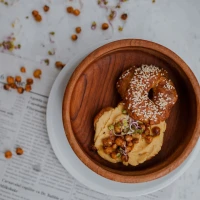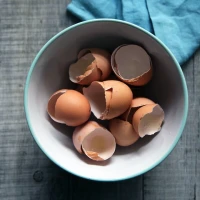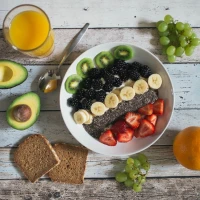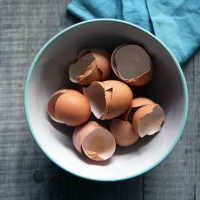The resurgence of handmade crafts has brought woodworking into the spotlight, with a particular emphasis on the timeless simplicity and beauty of wood bowls. These tactile pieces are not just containers but embodiments of rustic elegance and a testament to skillful artistry. As bowl food continues to rise in popularity, so does the demand for intricately turned wood bowls that can cradle anything from hearty stews to delicate salads with elegant ease. Embracing the intersection of functionality and style, learning to turn a wood bowl is an art form that marries the warmth of natural materials with the precision of expert craftsmanship.
Whether you are a seasoned woodworker or a curious novice, this guide will navigate you through the enchanting journey of transforming a block of wood into a fine piece of culinary artistry. With attention to detail, a step-by-step approach, and an undercurrent of passion for both the craft and the finished product, you’re about to unlock a new realm of craftsmanship and culinary presentation.
Understanding the Basics of Bowl Turning
Before diving into the nuances of turning your own wood bowl, it’s crucial to grasp the fundamentals that form the foundation of this art. Wooden half baked harvest salmon bowls are not just utility items; they are a reflection of skill and tradition that dates back centuries.
The History and Significance of Wood Bowls
Wooden bowls hold a storied place keto egg roll in a bowl human culture, serving as vessels for food and symbols of communal sharing. In the hands of a master craftsman, a simple piece of timber can be transformed into a symbolic centerpiece for any table setting.
Choosing Your Wood
Every great masterpiece starts with the right materials. When selecting wood for your crate and barrel bowl, consider:
- Hardness and Grain: Hardwoods like maple, cherry, or walnut offer durability and eye-catching grain patterns.
- Moisture Content: Kiln-dried wood provides stability, reducing the risk of warping as you turn.
- Size and Shape Considerations: The dimensions of your wood will dictate the maximum size of your bowl. Always start with a piece that’s larger than the finished product you envision.
Equip Your Workshop with the Right Tools
To turn a wood costco chicken teriyaki bowl that’s both beautiful and functional, you’ll need to outfit your workspace with specific tools designed for precision.
The Lathe: Heart of the Bowl-Turning Process
The lathe is the cornerstone of any easy chicken and rice bowl-turning setup. To select the right one:
- Consider Power and Size: Ensure the lathe can handle the diameter and depth of the bowls you plan to turn.
- Look for Variable Speed Control: Different stages of turning require different speeds for optimal results.
- Invest in Reliability: A solid lathe is an investment that will pay off in the quality of your work.
Essential Turning Tools
In easy egg roll in a bowlddition to the lathe, you’ll need:
- Bowl Gouges: For shaping both the exterior and the interior of the bowl.
- Parting Tools: To establish the bowl’s thickness and to separate the finished bowl from the waste material.
- Scrapers: For refining the shape and smoothing out any irregularities.
Preparing to Turn Your Bowl
With your tools at the ready, it’s time to set the stage for turning your easy chicken bowl recipe with meticulous preparation.
Safety First
Always prioritize your safety by wearing protective eyewear, a dust mask, and working in a well-ventilated space.
Mounting the Wood Blank
Mount your wood blank securely to the lathe, ensuring a firm grip that can withstand the force of turning. Double-check this connection before starting your lathe.
Rough Turning: Unleashing the Bowl’s Shape
Begin by rough turning the exterior of the bowl. This process reveals the bowl’s basic form and sets the stage for more intricate work.
- Shaping the exterior.
- Establishing the bowl’s foot or base.
- Ensuring an even wall thickness.
The Technique of Rough Turning
- Use your bowl gouge with controlled, fluid movements.
- Work from the larger diameter inward to avoid any catches.
- Keep the tool rest close to the wood to increase stability.
The Artistry of Fine Turning
After the rough shape of your bowl has taken form, the artistry of fine turning begins. This is where the details come to life and the bowl’s character emerges.
Shaping the Interior
To hollow out the interior, start from the center and work outward, maintaining an even thickness throughout the bowl’s wall.
Mastering the Hollowing Technique
- Use a bowl gouge with a sweeping motion.
- Regularly check the thickness to avoid going too thin.
- Keep refining the shape until you reach a smooth, uniform curve.
Final Touches on the Exterior
Underline the importance of symmetry and balance as you make your final cuts on the exterior. A well-formed base and a smooth transition from the foot to the rim are marks of a professionally turned bowl.
Achieving a Smooth Finish
- Employ finer scrapers or sanding tools to remove tool marks.
- Progress through sanding grits from coarse to fine for a flawless finish.
- Pay attention to the grain and work with it to enhance the final appearance.
Sanding and Finishing: The Key to a Stunning Wood Bowl
Sanding and finishing are not just afterthoughts; they are integral steps that determine the tactile and visual quality of your wood bowl.
Sand Your Bowl to Perfection
Sanding is essential to eliminate any final imperfections and prepare the surface for finishing. Start with a rough grit and progress meticulously to a finer grit until the surface is impeccably smooth.
Choose the Right Finish
Different finishes offer varied aesthetics and levels of protection for your wood bowl.
- Food-Safe Finishes: If your bowl will be used for food, it’s essential to choose a finish that is non-toxic and safe for contact with edibles.
- Oil Finishes: These can enhance the natural beauty of the wood grain while providing a durable surface.
- Lacquers and Varnishes: For decorative bowls, a glossier finish can elevate the piece’s sophistication.
Presentation and Use: Elevating Bowl Food
With your turned wood bowl complete, it’s time to showcase it through bowl food, a trend that values both taste and presentation.
Tips for Presenting Bowl Food
Elevate the simple act of dining to a delightful experience with these presentation tips:
- Contrast Textures and Colors: Utilize ingredients that offer visual and textural contrast.
- Garnish Thoughtfully: A well-placed herb or edible flower can transform a dish.
- Serve Portion-Conscious Meals: Bowl food should be hearty but not overfilled.
Beyond the Bowl: The Woodworker’s Journey
You’ve now turned, sanded, and finished a wood bowl capable of elevating any culinary creation. But the path of craftsmanship doesn’t end here.
Continuous Learning and Mastery
To build on your skills:
- Practice: Regular turning will refine your technique.
- Seek Inspiration: Attend workshops or follow experienced woodturners.
- Experiment with Designs: Push the boundaries of your artistic expression.
The Sustainable Craft
Remember, woodworking is a sustainable practice when using responsibly sourced materials. Consider the provenance of your wood and strive to minimize waste.
Conclusion: Your Key to Unlocked Craftsmanship
Turning a wood bowl is more than a process—it’s an expression of artistry, a nod to tradition, and an essential skill in the expanding world of bowl food. Through dedication to the craft, you will not only turn elegant bowls but also turn heads with your sophisticated wooden creations. As each bowl spins into shape beneath your tools, so too will your identity as a craftsman revolve to ever greater peaks of expertise. Embark on this journey with both care and confidence, knowing that every meal served from your handmade bowl carries with it the story of its making—a story of craftsmanship at its finest.
